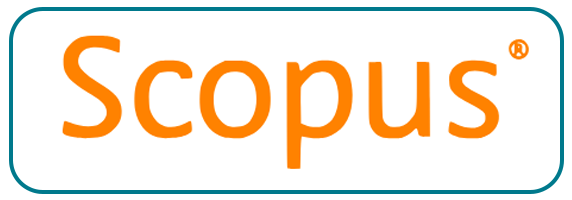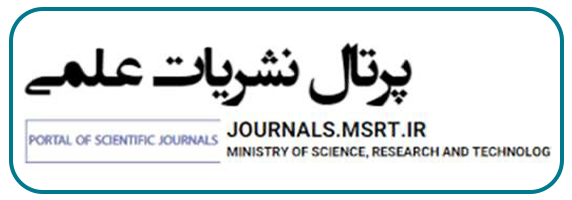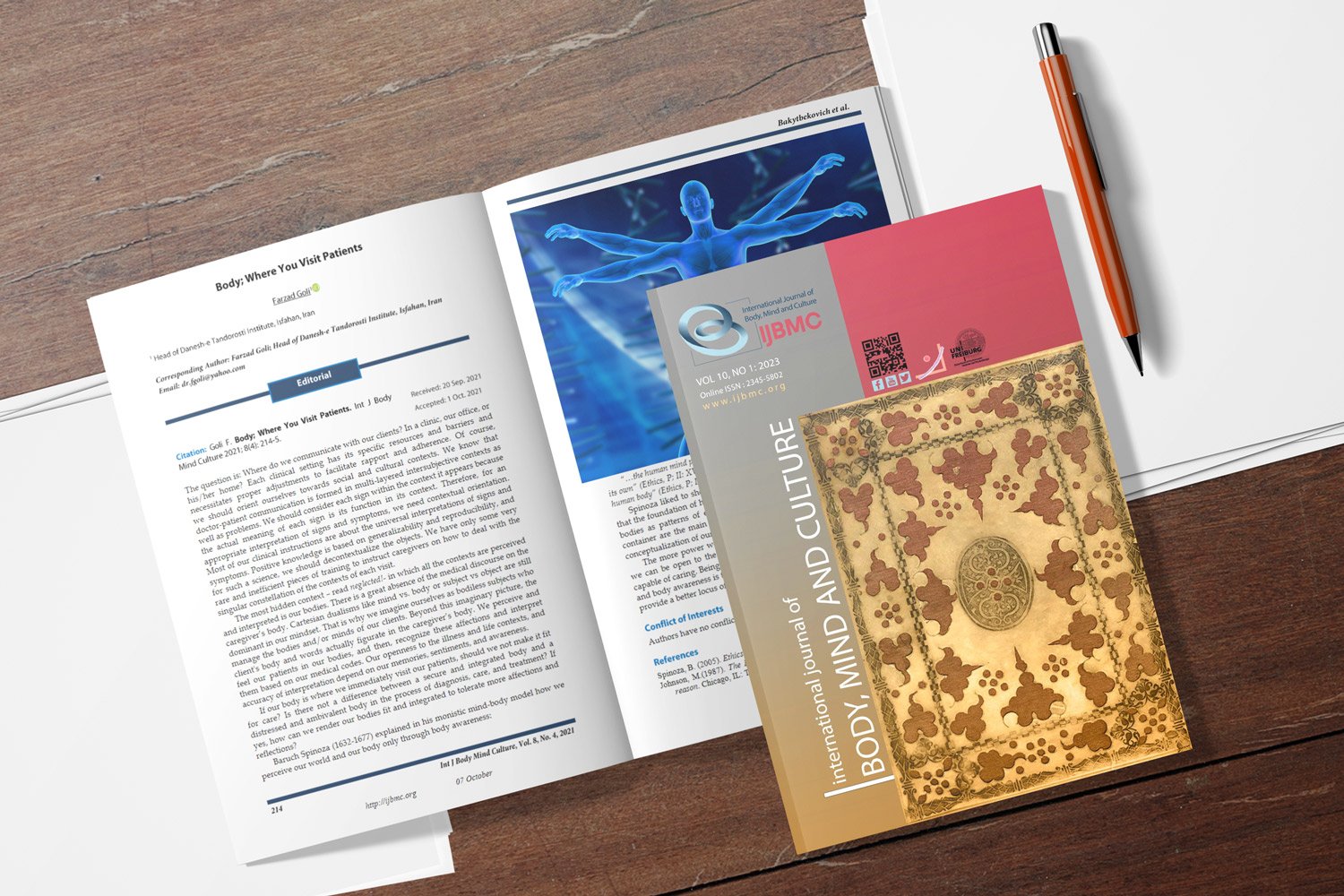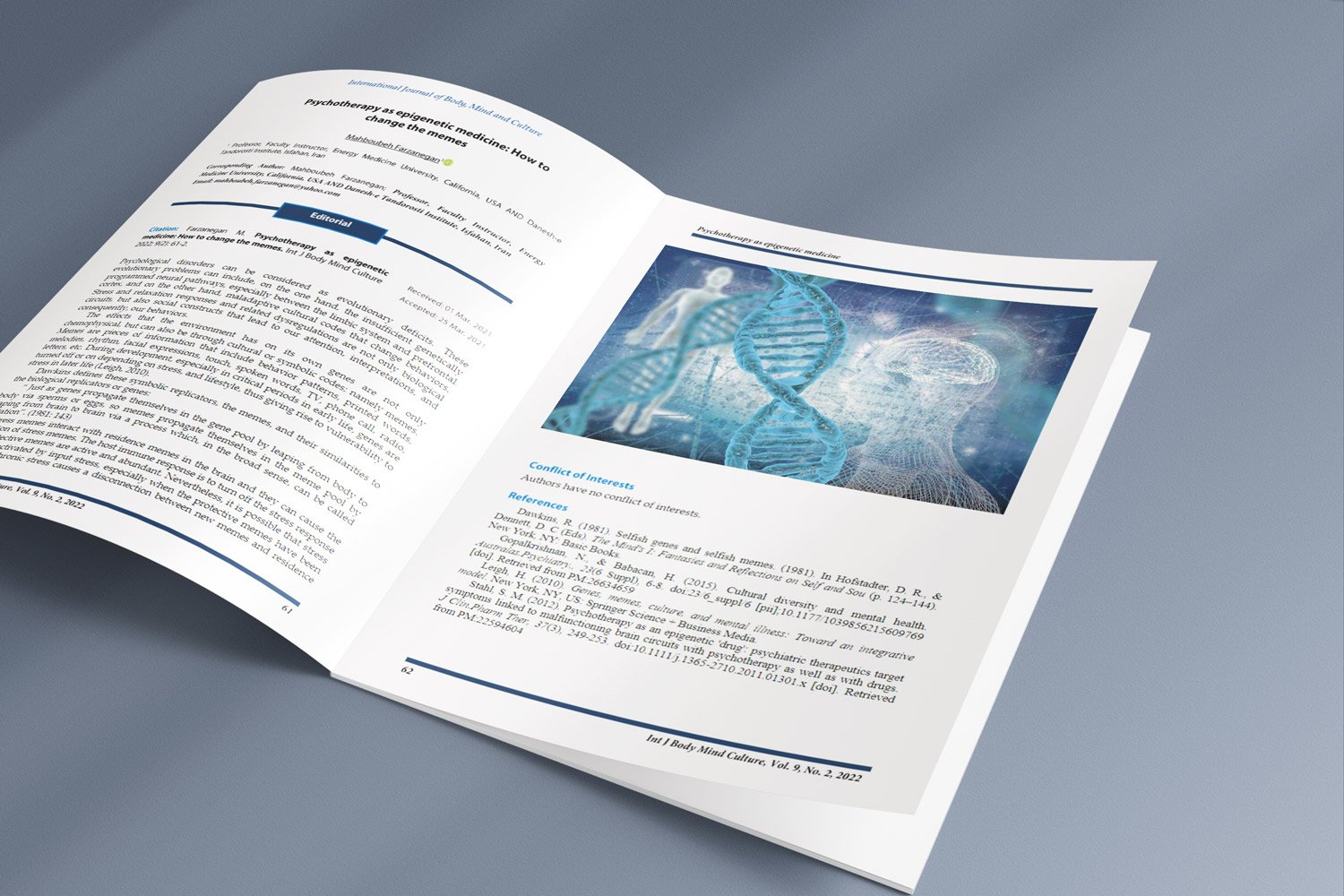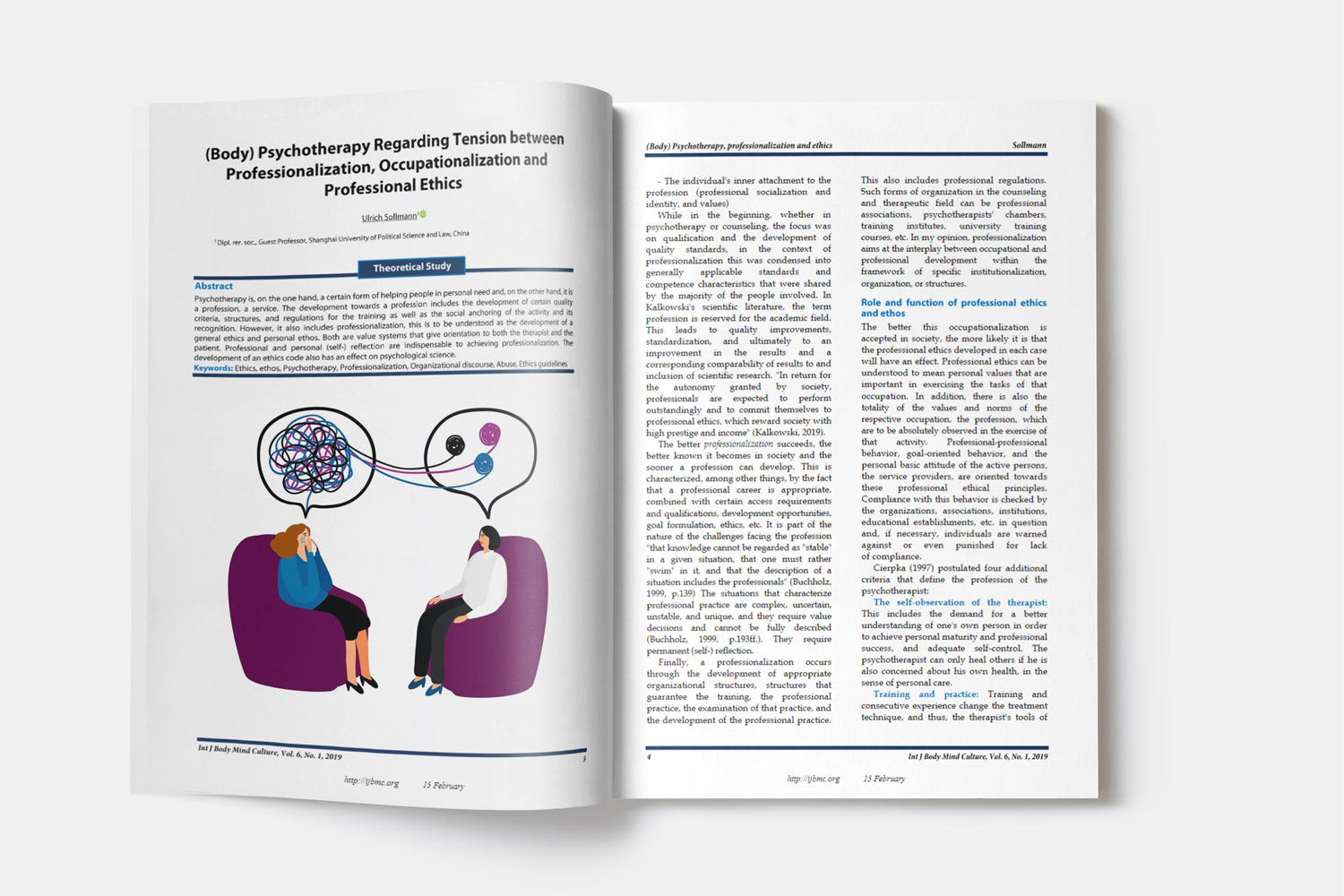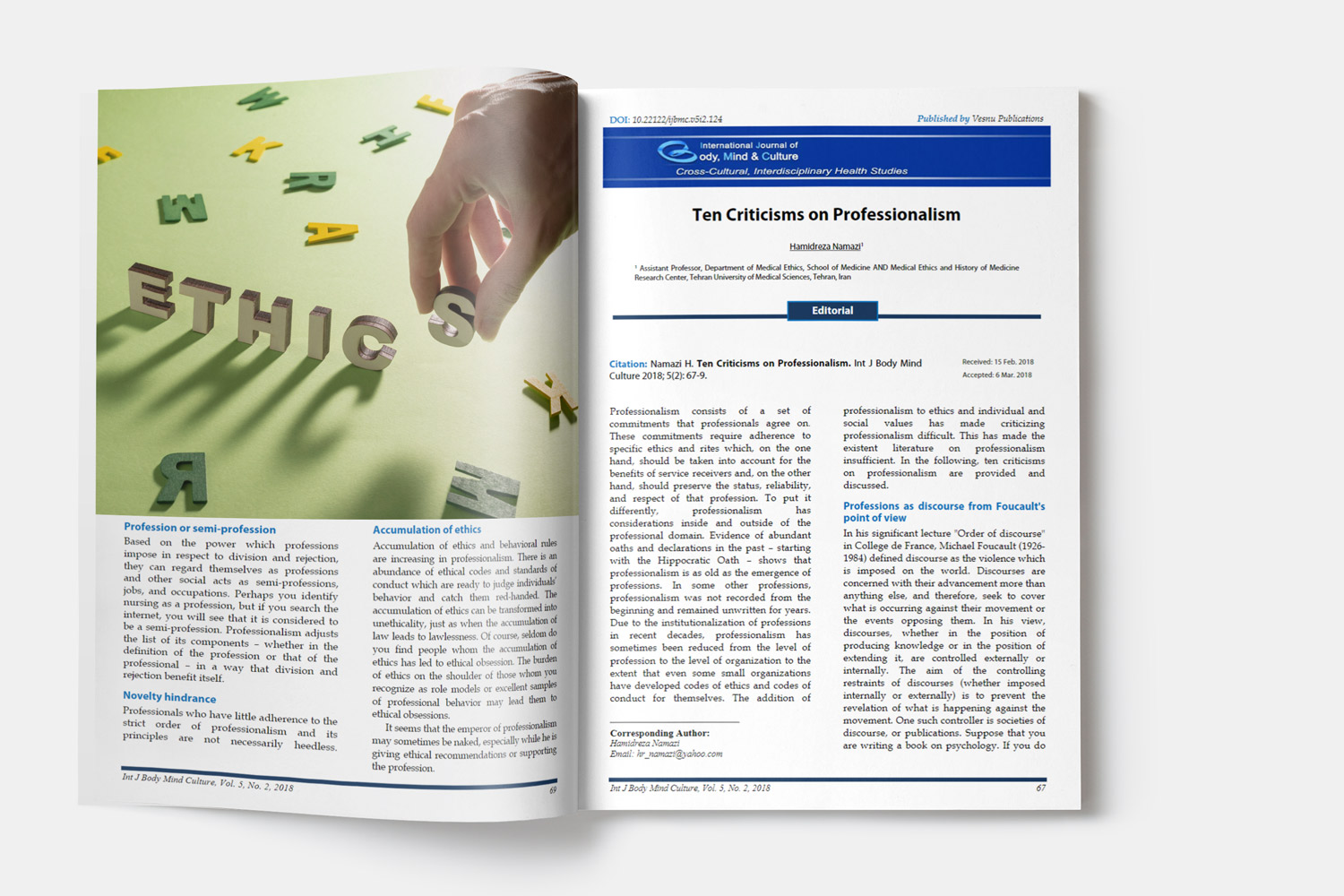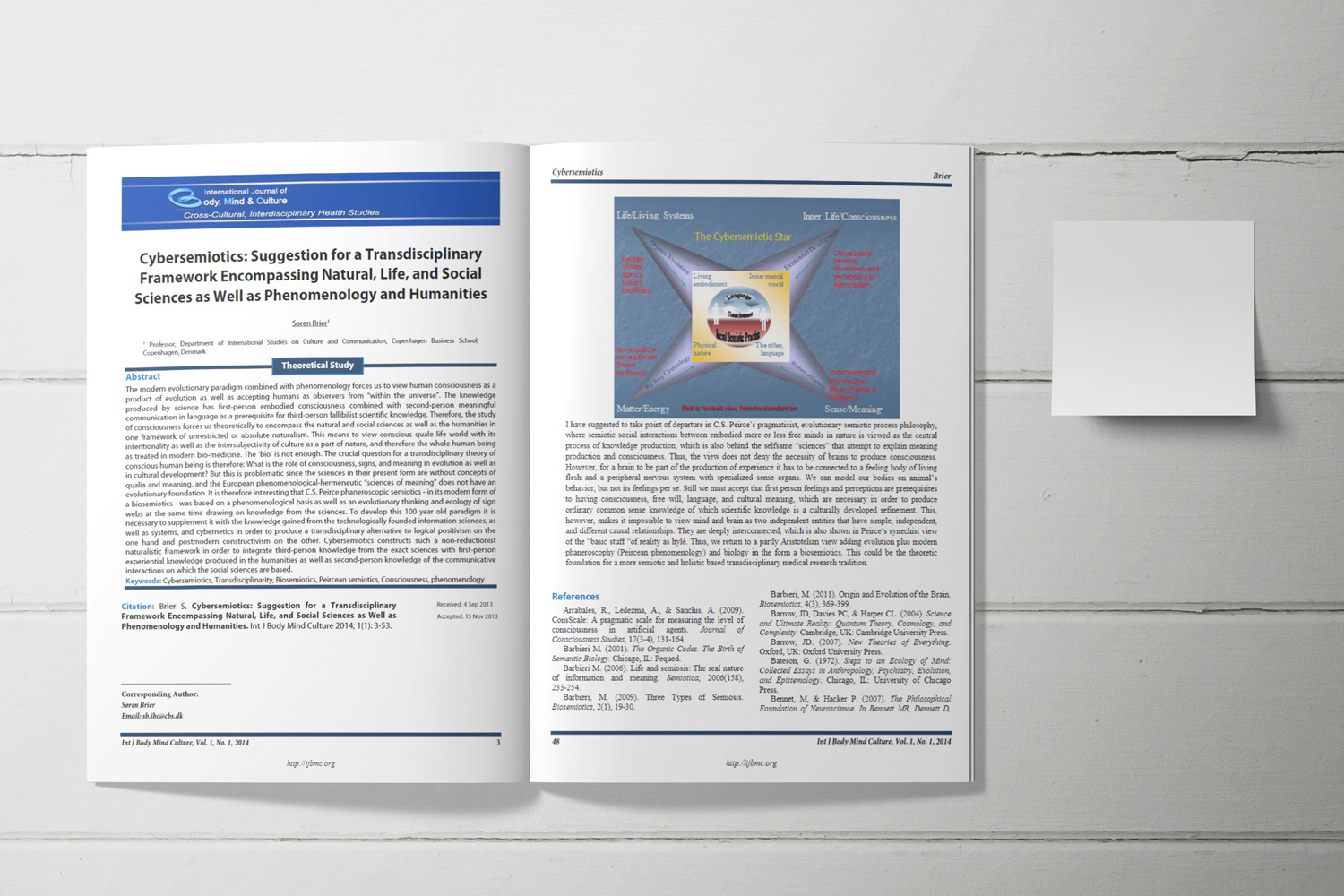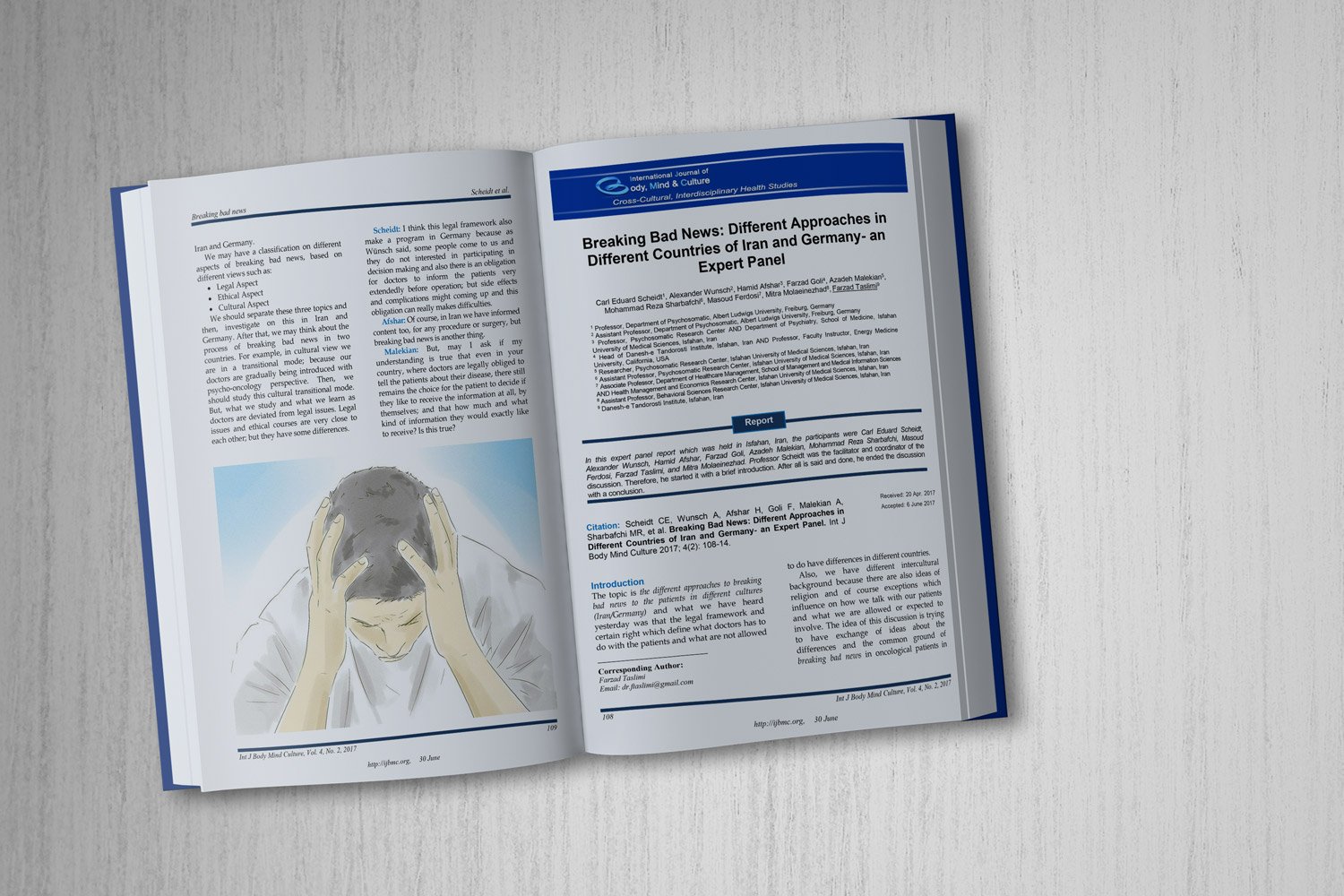Towards Realization of Intelligent Medical Treatment at Nanoscale by Artificial Microscopic Swarm Control Systems
Downloads
Background: In this paper, the novel concept of artificial microscopic swarm control systems is proposed as a promising approach towards realization of intelligent medical treatment at nanoscale. In this new paradigm, treatment is done autonomously at nanoscale within the patient's body by the proposed swarm control systems.
Methods: From control engineering perspective, medical treatment can be considered as a control problem, in which the ultimate goal is to find the best feasible way to change the state of diseased tissue from unhealthy to healthy in presence of uncertainty. Although a living tissue is a huge swarm of microscopic cells, nearly all of the common treatment methods are based on macroscopic centralized control paradigm. Inspired by natural microscopic swarm control systems such as nervous, endocrine and immune systems that work based on swarm control paradigm, medical treatment needs a paradigm shift from macroscopic centralized control to microscopic swarm control. An artificial microscopic swarm control system consists of a huge number of very simple autonomous microscopic agents that exploit swarm intelligence to realize sense, control (computing) and actuation at nanoscale in local, distributed and decentralized manner. This control system can be designed based on mathematical analysis and computer simulation.
Results: The proposed approach is used for treatment of atherosclerosis and cancer based on mathematical analysis and in-silico study.
Conclusion: The notion of artificial microscopic swarm control systems opens new doors towards realization of autonomous and intelligent medical treatment at nanoscale within the patient's body.
Downloads
Chandrasekaran, S., & Hougen, D. F. (2006). Swarm intelligence for cooperation of bio-nano robots using quorum sensing. Paper presented at the Bio Micro and Nanosystems Conference, San Francisco, CA.
Martel, S., & Mohammadi, M. (2009). A robotic micro-assembly process inspired by the construction of the ancient pyramids and relying on several thousand flagellated bacteria acting as micro-workers. Paper presented at the IEEE/RSJ International Conference on Intelligent Robots and Systems, USA, 426-427.
Martel, S., André, W., Mohammadi, M., Lu, Z., & Felfoul, O. (2009). Towards swarms of communication-enabled and intelligent sensotaxis-based bacterial microrobots capable of collective tasks in an aqueous medium. Paper presented at IEEE International Conference on Robotics and Automation, Japan, 2617-2622.
Martel, S. (2010). Aggregates of synthetic microscale nanorobots versus swarms of computer controlled flagellated bacterial robots for target therapies through the human vascular network. Paper presented at IEEE International Conference on Quantum, Nano and Micro Technologies, 14-17.
Wang, Y., Brown, P., & Xia, Y. (2011). Nanomedicine: Swarming towards the target. Nature Materials, 10, 482-483.
Rowhanimanesh, A., & Akbarzadeh-T., M.R. (2012). Control of low-density lipoprotein concentration in the arterial wall by proportional drug-encapsulated nanoparticles. IEEE Transactions on Nanobioscience, 11(4), 394-401.
Rowhanimanesh, A., & Akbarzadeh-T., M.R. (2013). Autonomous drug-encapsulated nanoparticles: Towards a novel non-invasive approach to prevent atherosclerosis. Iranian Journal of Medical Physics, 10(2), 118-132.
Rowhanimanesh, A. (2013). Swarm control systems for nanomedicine and its application to the prevention of atherosclerosis. PhD Dissertation of Control Engineering, Faculty Advisor: Prof. M.R. Akbarzadeh-T., Ferdowsi University of Mashhad, Mashhad, Iran.
Rowhanimanesh, A., & Akbarzadeh-T., M.R. (2015). Stigmergic cooperation of nanoparticles for swarm fuzzy control of low-density lipoprotein concentration in the arterial wall. Applied Soft Computing, 34, 799-812.
Loscrí, V., & Vegni, A.M. (2015). An acoustic communication technique of nanorobot swarms for nanomedicine applications. IEEE Transactions on Nanobioscience. 14(6), 598-607.
Hajizadeh-S., A., Akbarzadeh-T., M.R., & Rowhanimanesh, A. (2015a). Swarm learning of interval nanoparticles to estimate the drug release function in atherosclerosis. Paper presented at 4th Iranian Joint Congress on Fuzzy and Intelligent Systems.
Hajizadeh-S., A., Akbarzadeh-T., M.R., & Rowhanimanesh, A. (2015b). Dynamic swarm learning for nanoparticles to control drug release function using RBF networks in atherosclerosis. Paper presented at International Symposium on Artificial Intelligence and Signal Processing.
Razmi, F., Moghaddam, R.K., Rowhanimanesh, A. (2015). Control of cancer growth using two input autonomous fuzzy nanoparticles. Nano. 10(4), 1550062.
Copyright (c) 2017 International Journal of Body, Mind and Culture

This work is licensed under a Creative Commons Attribution-NonCommercial 4.0 International License.

